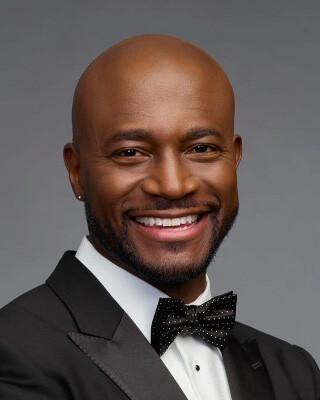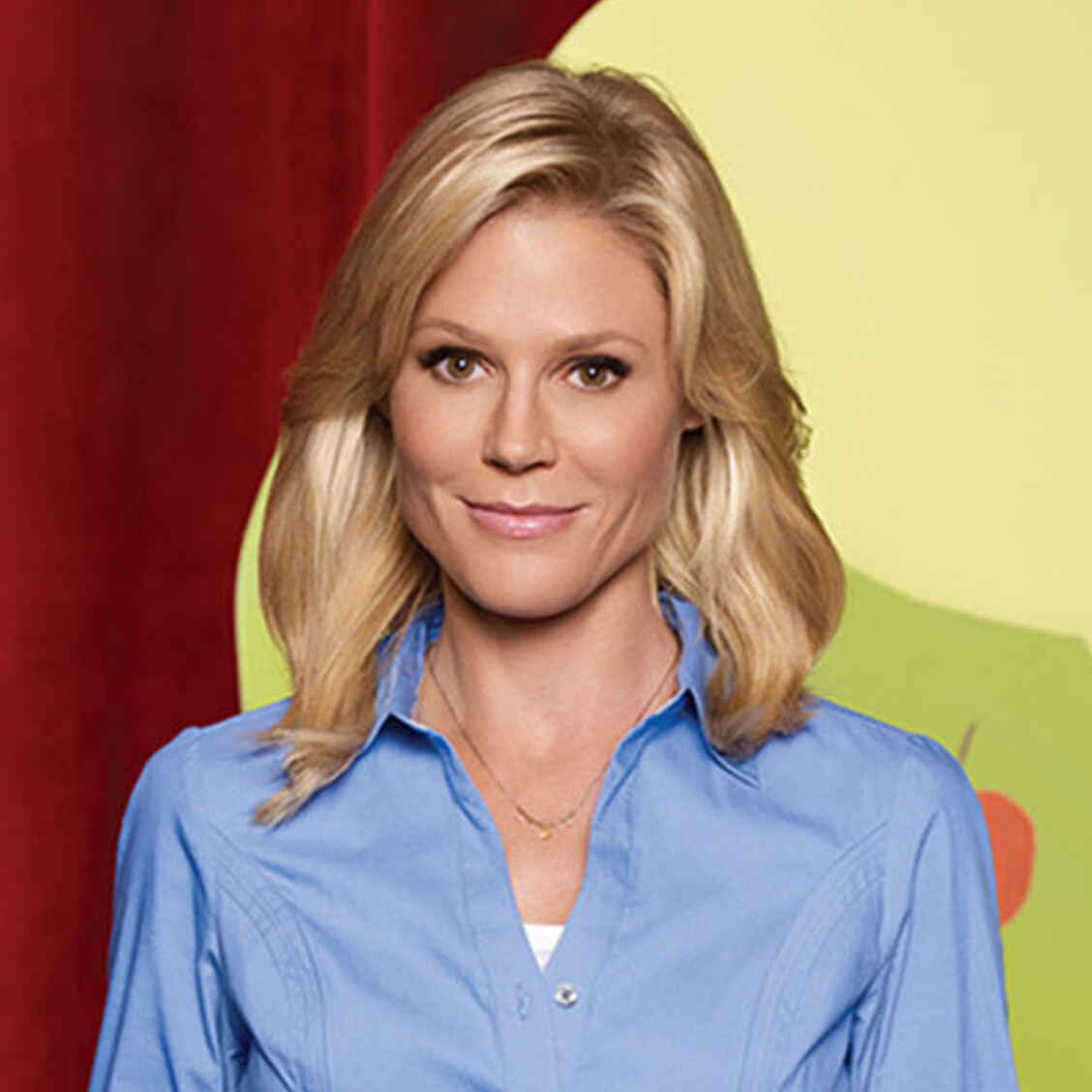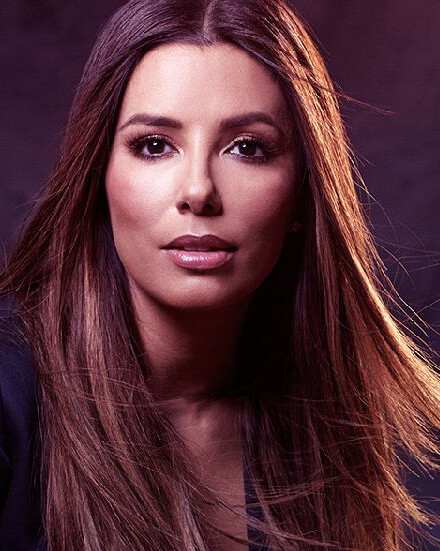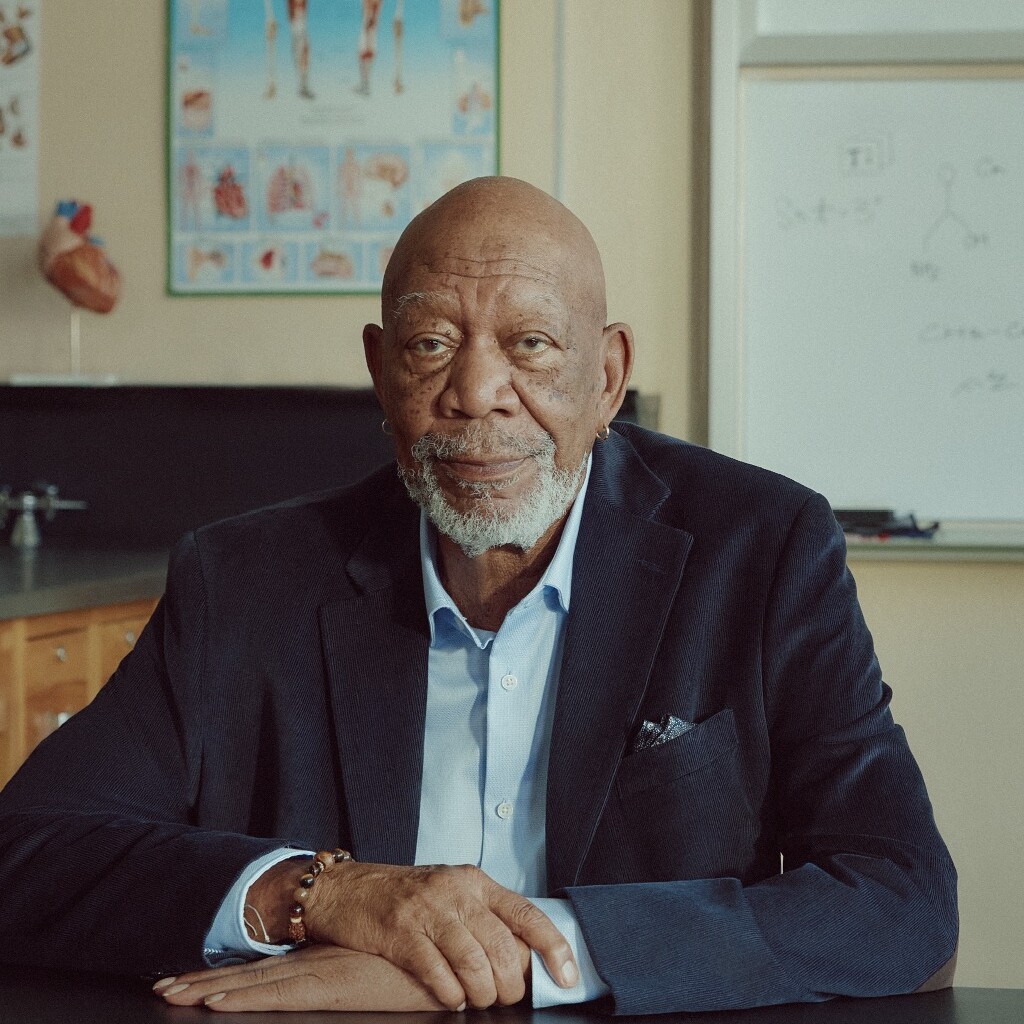Our Services
Celebrity partnerships are not all created equally. We pride ourselves in providing talent that 100% aligns with your brand. Whether it’s a Hollywood A-lister or a well-known athlete… we match your campaign up with the right celebrity for maximum impact.
- Strategic selection based on audience demographics & campaign objectives
- Exclusive access to a proprietary network across film, TV, sports and music
- End-to-end talent negotiation and contract management
A recognizable face creates interest and credibility, making your message more relatable, authentic and shareable. We partner with clients to create campaigns that turn advocacy into action.
- Disease awareness campaigns
- Product endorsements & corporate partnerships
- Media tours, keynote speaking, and events
From social campaigns to influencer-driven patient engagement, we help integrate celebrity voices into social-first campaigns that stand out.
- Social media campaigns & live activations
- Social influencer content creation
We navigate all the legal and financial complexities so your campaign runs smoothly—from initial engagement to long-term relationships.
- Transparent negotiations with no hidden research fees or upfront costs
- Budget-conscious strategies to maximize celebrity involvement
- Compliance guidance for FDA and industry regulations
How it Works
Working With a Celebrity for Your Campaign
Define Your Goals
Before matching you with the right talent, we work closely with your team to understand:
- Campaign objectives – Awareness, engagement, education or advocacy?
- Target audience – Who are you trying to reach?
- Project scope – One-time event or long-term ambassador partnership?
- Celebrity preferences – Do you have someone in mind, or would you prefer our recommendations? Or both?
Identify & Vet the Appropriate Talent
Each celebrity endorsement is unique. We leverage our deep industry connections to:
- Source potential celebrities based on alignment with your brand
- Assess authenticity—does this person have a legitimate connection to your cause
- Review their audience, past media coverage and social footprint
- Consider availability, scheduling, and budget requirements
- We don’t just find a celebrity—we find the right celebrity for maximum results
Negotiate & Finalize Contracts
We handle all aspects of contract negotiation and logistics to ensure a seamless experience.
- Budget optimization – Maximize celebrity exposure while remaining cost-effective
- Usage rights & deliverables – From media appearances to social content
- Project scope – One-time experience or long-term ambassador partnership
- Compliance & legal guidance – adhere to industry guidelines
- No hidden research fees… no surprises…just perfect execution
Talent Engagement & Campaign Execution
Once the contract is finalized, we ensure every single detail is flawlessly executed.
- Media training & talking points preparation
- Logistics
- Media interviews, social takeovers and event appearances
- Ongoing support to maximize impact across channels
- Campaigns aren’t a one-time moment—they should have staying power
Measure & Optimize for Long-Term Success
Celebrity partnerships don’t end when a campaign does. We help you analyze results and develop long-term strategies that have lasting relevance.
- Performance tracking & impact analysis
- Options for continued collaborations & ambassadorships
- Creative ways to extend engagement beyond the initial campaign
- A well-executed celebrity campaign isn’t just about awareness—it’s about continuing to building trust and influence over time
Ready to Create an Impactful Partnership?
The right celebrity can elevate your message, engage your audience and inspire action. Whether you’re launching a new initiative, raising awareness, or building long-term brand trust, we’re here to help you find the perfect talent match—seamlessly and strategically.
Let’s Create a Winning Celebrity Partnership Together
We bring expertise, a proven track record and passion… and you bring the desire to create a compelling, successful campaign. Together we can help bring important health messages to the audiences that need the information most!





